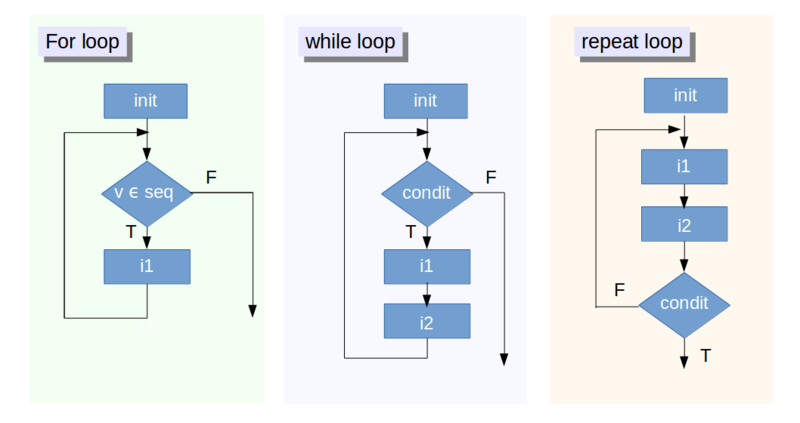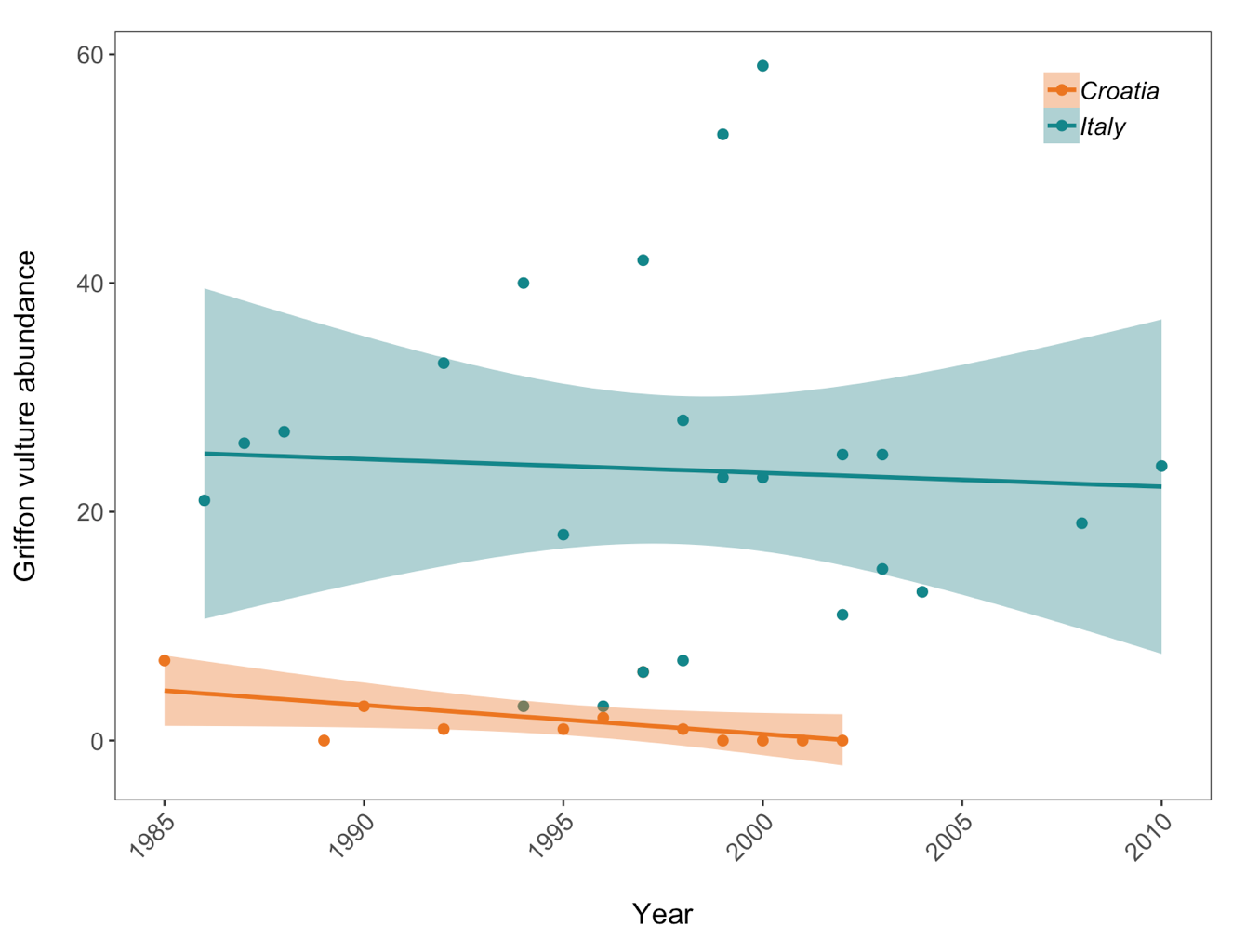
In tcsh, both foreach and end must appear alone on separate lines, so you cannot create a for loop on one line as you can with Bash and similar shells. For example, suppose you want to copy each processed photo straight to a shared photo directory on your web host and remove the photo file from your local system: You can use any number of commands within a loop, so if you need to perform complex actions on a batch of files, you can place your whole workflow between the do and done statements of a for loop.

Then look in the tmp folder to see your scaled photos. To reduce each photo to 33% of its original size, try this loop: $ for f in * do convert $f -scale 33 % tmp / $f done
LOOP SAVE OBJECT IN LOOP IN R INSTALL
Once you install ImageMagick, you have a set of new commands to operate on photos.Ĭreate a destination directory for the files you're about to create: $ mkdir tmp On Ubuntu or Debian: $ sudo apt install ImageMagick

For instance, on Fedora and RHEL: $ sudo dnf install ImageMagick You want to create smaller web-versions of your photos, but you have 100 photos and don't want to spend the time reducing each photo, one by one.įirst, install the ImageMagick command using your package manager on Linux, BSD, or Mac. Your photo files are huge, making them too large to email and inconvenient to upload to your photo-sharing service. Assume you have a collection of vacation photos you want to send to friends. Here's a practical example of how a loop can be useful for everyday computing. Waterfall.png: PNG image data, 4608 x 2592, 8-bit /color RGB, non-interlacedīoth the multi-line and single-line formats are the same to your shell and produce the exact same results. Otago.jpg: JPEG image data, EXIF standard 2.2 The for loop assigns each file, one by one, to the variable f and runs your command:Ĭat.jpg: JPEG image data, EXIF standard 2.2ĭesign_maori.png: PNG image data, 4608 x 2592, 8-bit /color RGB, non-interlaced Press Return to start the shell cycling through everything in the current directory. Terminate the clause with another semi-colon and close the loop: done For simplicity, use the file command to get a little bit of data about each file, represented by the f variable (but prepended with a $ to tell the shell to swap out the value of the variable for whatever the variable currently contains): do file $f Next, define what you want to happen with each iteration of the loop. The shell won't try to execute the loop until it is syntactically complete. $ for f in * ĭepending on your preference, you can choose to press Return here. Then terminate this introductory clause with a semicolon ( ). In this case, cycle through all files in the current directory using the * wildcard character (the * wildcard matches everything). Then define the data set you want the variable to cycle through.

The syntax to loop through each file individually in a loop is: create a variable ( f for file, for example).

A practical guide to home automation using open source tools.6 open source tools for staying organized.An introduction to programming with Bash.A guide to building a video game with Python.


 0 kommentar(er)
0 kommentar(er)
